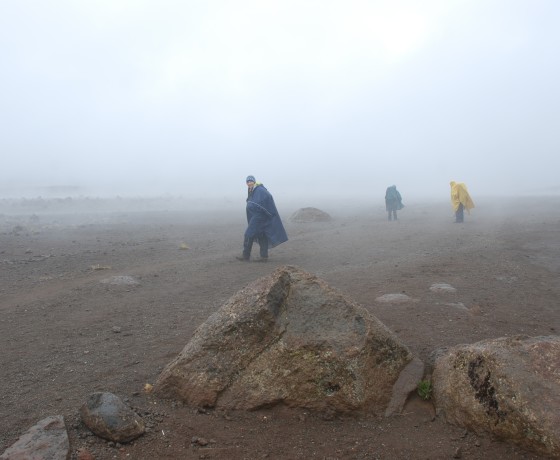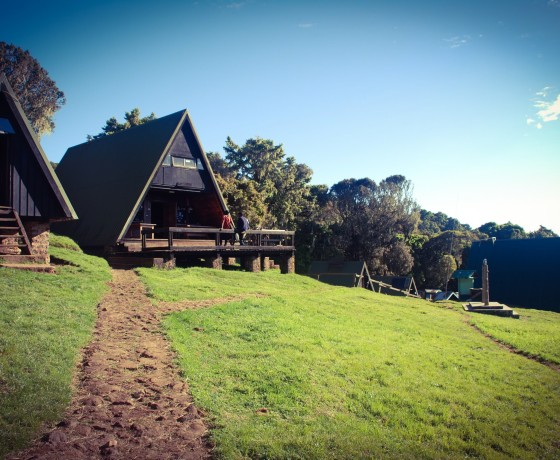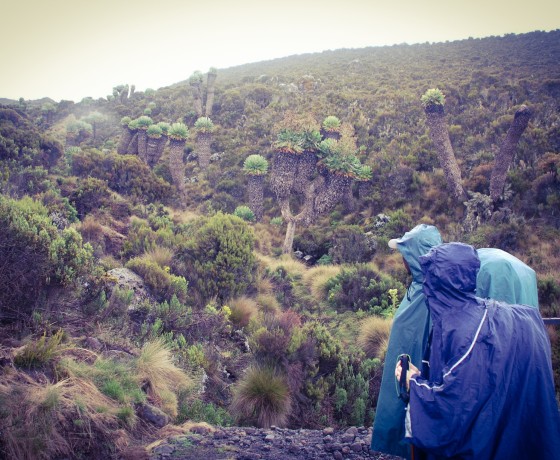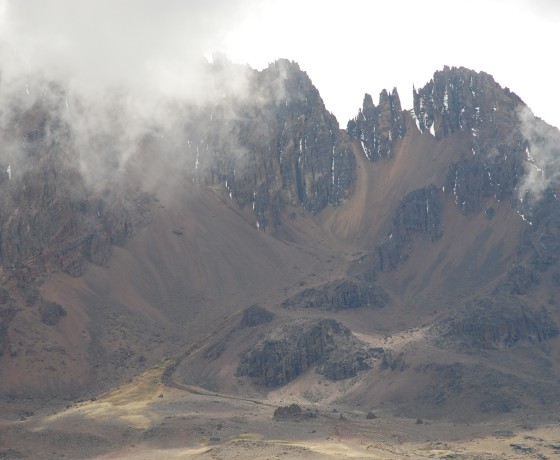Trekking safari
july-september
january-february
MARANGU ROUTE
The Marangu or main route is the most popular way to the summit. The accommodation through your way up and down is provided in mountain huts with all the basic necessities. Its trekking usually takes 5 days / 4 nights for the round trip. The trek can also be taken in 6 days / 5 nights to add acclimatization with an extra day at Horombo Hut. The supplementary cost for an extra day is indicated separately as an option. Climbing the highest outstanding mountain in Africa makes you live an unique experience that many can just imagine.
Il servizio comprende:
-
partenze garantite anche con 2 persone
-
trasferimento in pulmino per Moshi da Arusha / Aeroporto Kilimanjaro e ritorno
-
ticket ingresso nei vari parchi
- guida trekking parlante inglese
-
guida parlante italiano (optional)
-
staff professionale (portatori e cuochi) parlante inglese
-
trattamento di pensione completa, esclusi vini e superalcolici
(alcuni pranzi a sacco quando si dedica più tempo al fotosafari)
Se dopo il safari/trekking proseguirai il soggiorno mare, ti consigliamo di fare due valigie: uno zaino per il trekking (vedi elenco consigliato nel PDF scaricabile) e la valigia con gli abiti mare che lascerai, all’arrivo all’aeroporto, al nostro staff che si occuperà di fartela trovare nel villaggio/hotel al rientro dal safari.

